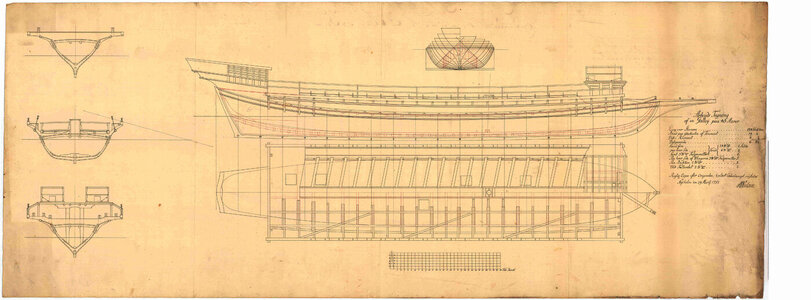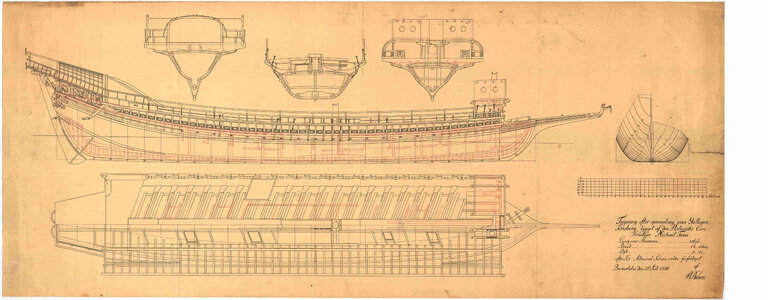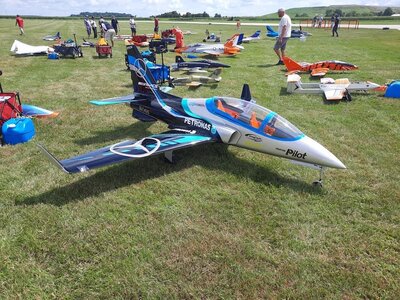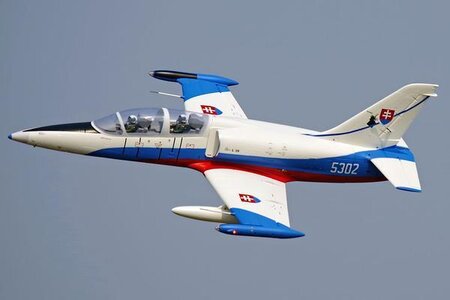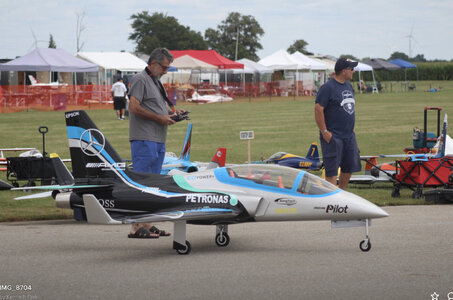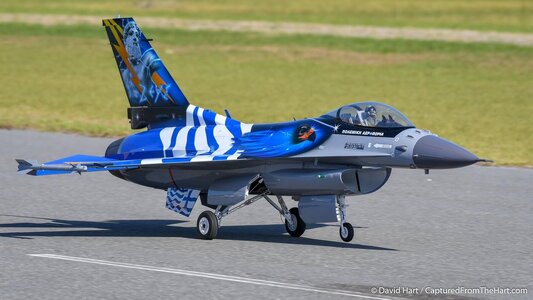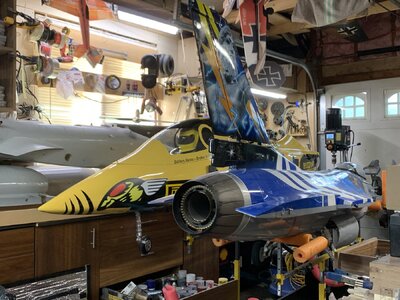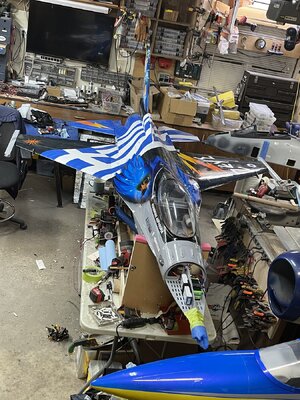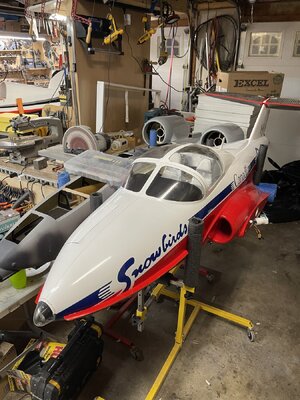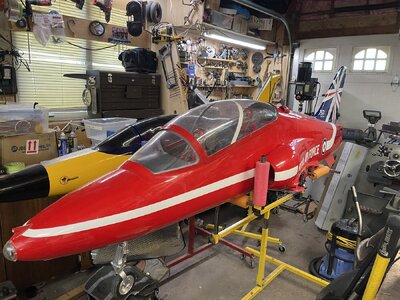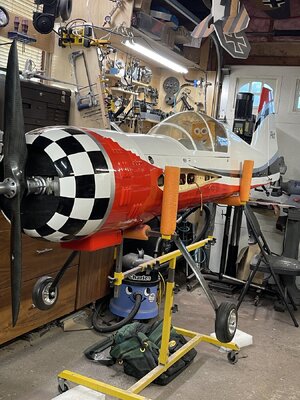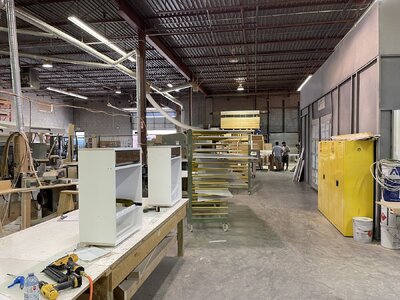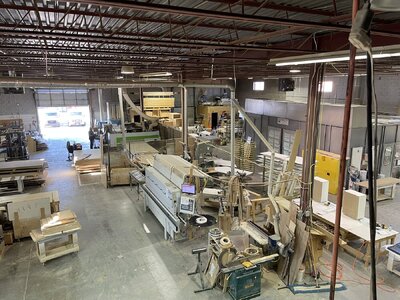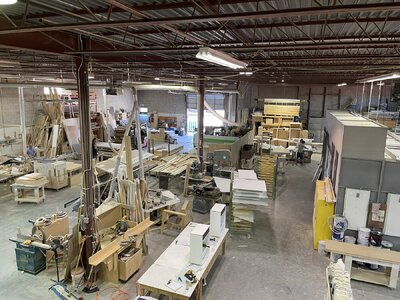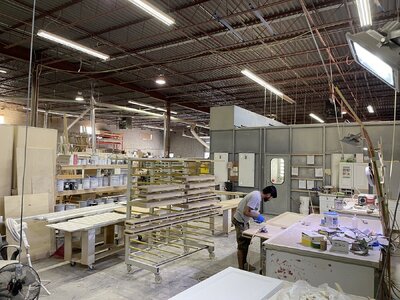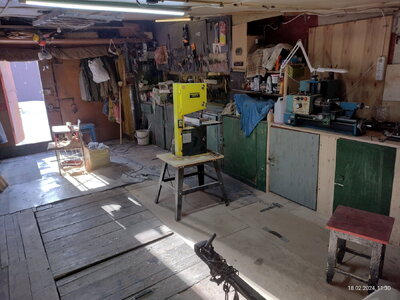No, not extremely much and there is even less about the ships used in 1603. Some time earlier a Spanish galley was chased up the beach near Dunkirk by a Dutch fleet.
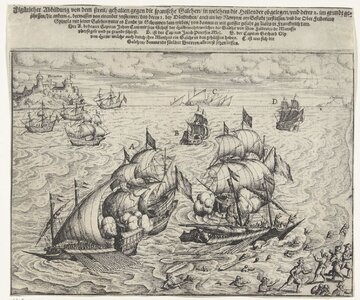
The Dutch government immediately ordered the dimensions to be recorded. Those measurements were the data used in the specification contract they sent to several Dutch cities, ordering them to build a galley to fight the Spanish with comparable weapons. Dr. Lehmann, who made a life-long study of galleys gave a reconstruction of those vessels, entirely copied from the Spanish example.
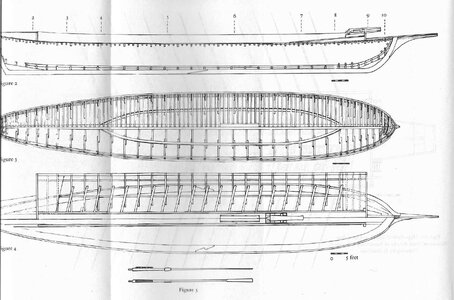
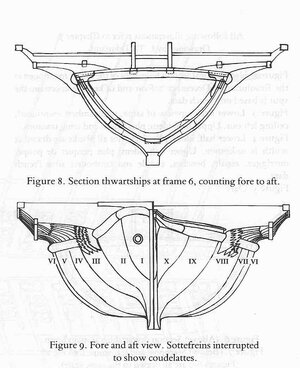
No matter how much I appreciated the late dr. Lehmann's study, I found it hard to believe that Dutch shipbuilders were able to create such flamboyant vessels far beyond their building traditions in not more than a few months time. In my opinion they simply followed their own traditions and created a Dutch version with a flat bottom and a flat tuck, just as the contract prescribed. A vessel like that was less impressive than the Spanish example, but just as effective in our waters.
Which was made credible by my model (I think).
Well, it's all just playing around...

The Dutch government immediately ordered the dimensions to be recorded. Those measurements were the data used in the specification contract they sent to several Dutch cities, ordering them to build a galley to fight the Spanish with comparable weapons. Dr. Lehmann, who made a life-long study of galleys gave a reconstruction of those vessels, entirely copied from the Spanish example.


No matter how much I appreciated the late dr. Lehmann's study, I found it hard to believe that Dutch shipbuilders were able to create such flamboyant vessels far beyond their building traditions in not more than a few months time. In my opinion they simply followed their own traditions and created a Dutch version with a flat bottom and a flat tuck, just as the contract prescribed. A vessel like that was less impressive than the Spanish example, but just as effective in our waters.
Which was made credible by my model (I think).
Well, it's all just playing around...





